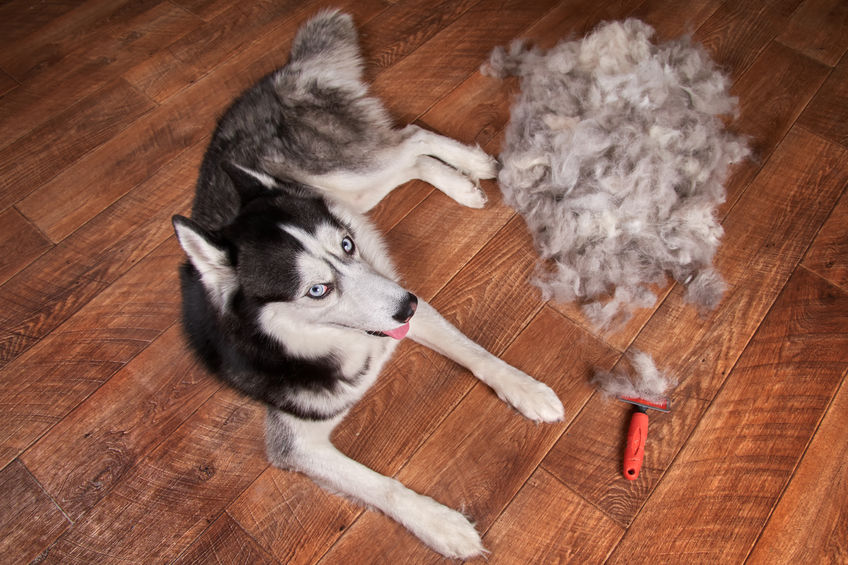
Managing Shedding Season: Tips for Dog Owners
As the seasons change, many dog owners brace themselves for shedding season. Shedding is a natural process for dogs, but it can often lead to frustration and extra cleanup for pet parents. Understanding why shedding occurs and how to manage it can help make shedding season more bearable for both you and your furry friend. In this article, we’ll explore the causes of shedding, tips for managing it, and when to seek veterinary advice.Why Do Dogs Shed?
Shedding is a natural process that allows dogs to get rid of old or damaged fur and make way for new growth. It’s influenced by various factors, including breed, age, genetics, and environmental conditions. Seasonal changes, temperature fluctuations, and changes in daylight hours can also trigger shedding in many dogs.Tips for Managing Shedding
- Regular Brushing: One of the most effective ways to manage shedding is by regularly brushing your dog’s coat. Brushing helps remove loose fur and prevents it from accumulating around your home. Use a brush or comb that’s suitable for your dog’s coat type, whether it’s short, long, curly, or double-coated.
- Bathing: Giving your dog a bath with a deshedding shampoo can help remove loose fur and reduce shedding. However, be cautious not to over-bathe your dog, as excessive bathing can strip their skin of natural oils and lead to dryness.
- Healthy Diet: Providing your dog with a balanced and nutritious diet is essential for maintaining healthy skin and coat. Omega-3 and omega-6 fatty acids, found in fish oil or specialized dog food formulas, can help support skin health and reduce shedding.
- Supplements: Some dogs may benefit from supplements designed to support skin and coat health, such as fatty acid supplements or multivitamins. Consult with your veterinarian before starting any new supplements for your dog.
- Regular Veterinary Check-ups: If you notice excessive or sudden shedding in your dog, it’s essential to rule out any underlying health issues. Schedule regular veterinary check-ups to ensure your dog’s overall health and address any concerns about shedding.
- Environmental Control: Keeping your home clean and free of excess fur can help minimize the impact of shedding on your living space. Use a vacuum cleaner designed for pet hair and wash your dog’s bedding regularly to remove loose fur.
- Grooming Services: Professional grooming services, such as de-shedding treatments or furminator sessions, can help reduce shedding and keep your dog’s coat in top condition. Consider scheduling regular grooming appointments during shedding season.










